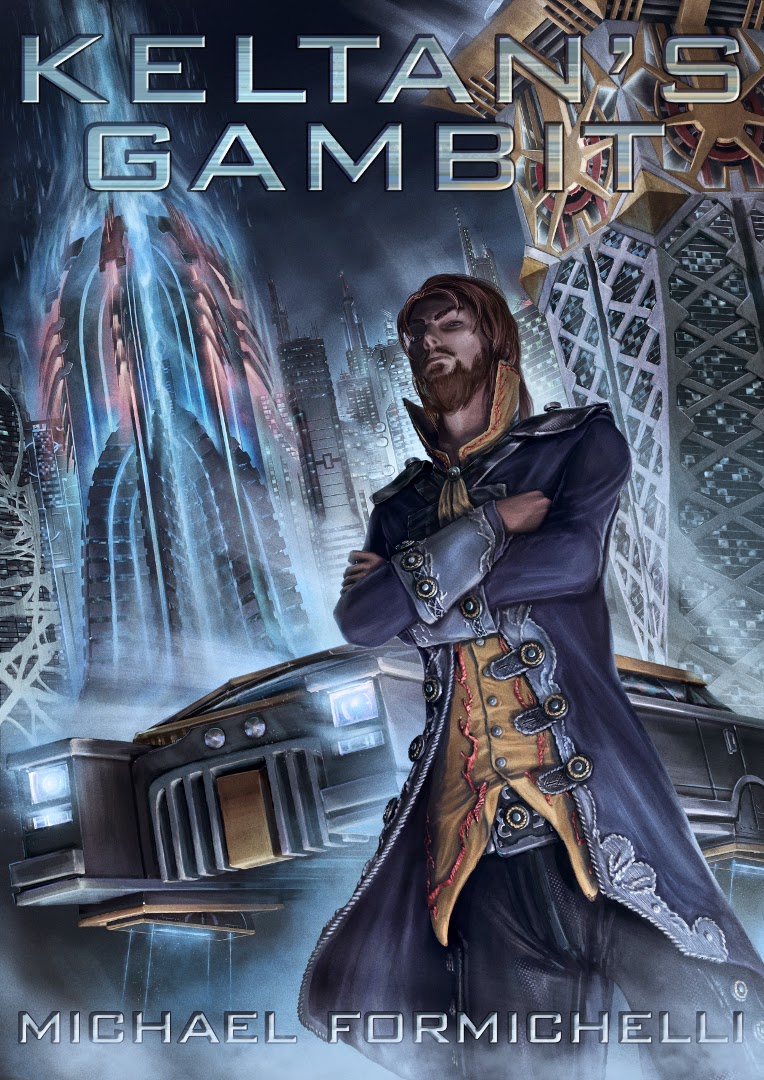Making the Impossible Real Part II
Making the Impossible Real Part II-
Making Sure Your Reader Can Relate To Your Story
The most important thing for a story after internal consistency is to have characters and environments that the readers can relate to. This might seem like an impossible task for someone writing high fantasy or science fiction. After all, part of writing things like far future stories is making the environments strange enough to give the reader a sense that "this is not the time or the world we live in." Yet, there are ways to achieve a balance between the alien and the familiar in order to create an experience that readers can both feel was new, and still relate to.
How is this possible?
The key to writing any good story is to put some aspect of the readers' experience into the tale.
For example, the television series Star Trek and all of its spin-offs are set in a future where people zip about the galaxy in ships capable of reaching between the stars in a matter of hours, days, or weeks. While watching this we accept such phenomena, and can even imagine ourselves doing it, because the shows have factors that make their universe familiar to us. Gene Roddenberry set up the Klingons of the original series to be representative of the Russians, and their conflict with the Federation represented that of Russia with the USA during the cold war. Fresh out of the Cuban Missile Crisis when Star Trek debuted, audiences in the 1960's were able to relate to that dramatic tension, and plug themselves right into the events going on in the show. The shared sense of threat created a connection with the show that rendered the other outlandish things, including the ridiculous special effects, not only acceptable but lovable. Star Trek is the brand it is today because when the show was cancelled, the fans took it upon themselves to write in and get it resurrected (though in a different form). That kind of brand loyalty would not have been possible if the show was just a collection of aliens and blinking lights.
Having your fiction resemble current events is not the only way to open the door to the seemingly impossible for your audience. Sometimes the creator of a work of speculative fiction doesn't want to date the story by relating it to current events. One way to avoid this while still maintaining a connection is to put a strong current of humanism into one's work. Star Trek did this by having its characters be deeply human despite their futuristic setting (which was another reason for its strong following). Star Wars did this by telling a tale of science fiction using archetypes and a style of storytelling taken from heroic mythology dating back to ancient Greece. Firefly used the mythology of the American Old West, while Doctor Who does it with a lovable, quirky and intelligent lead character who likes to travel through time and space with ordinary people like you and me.
The list of ways to get your audience to think, "I feel for that character, I love this work," is limited only by your creativity and ability to connect the story in your head to the experiences and mindset of your audience. Connecting to your readers consistently throughout your tale makes all the difference between a story they'll want to talk about, and one that they'll quietly put down unfinished never to be looked at again.

Comments
Post a Comment